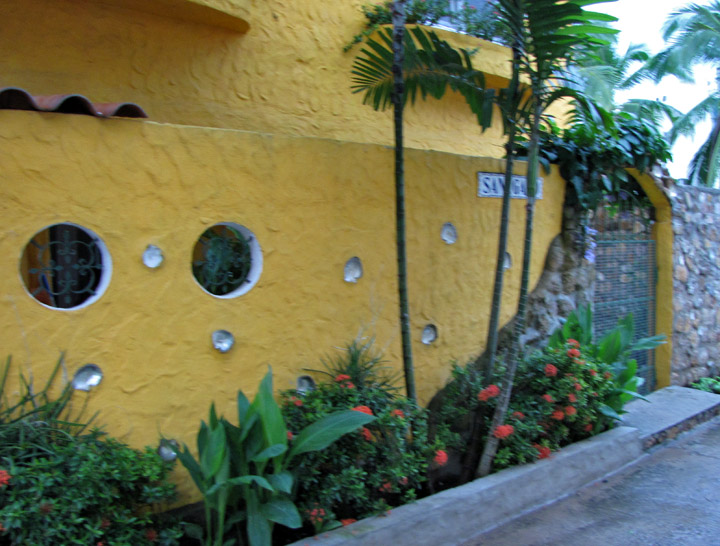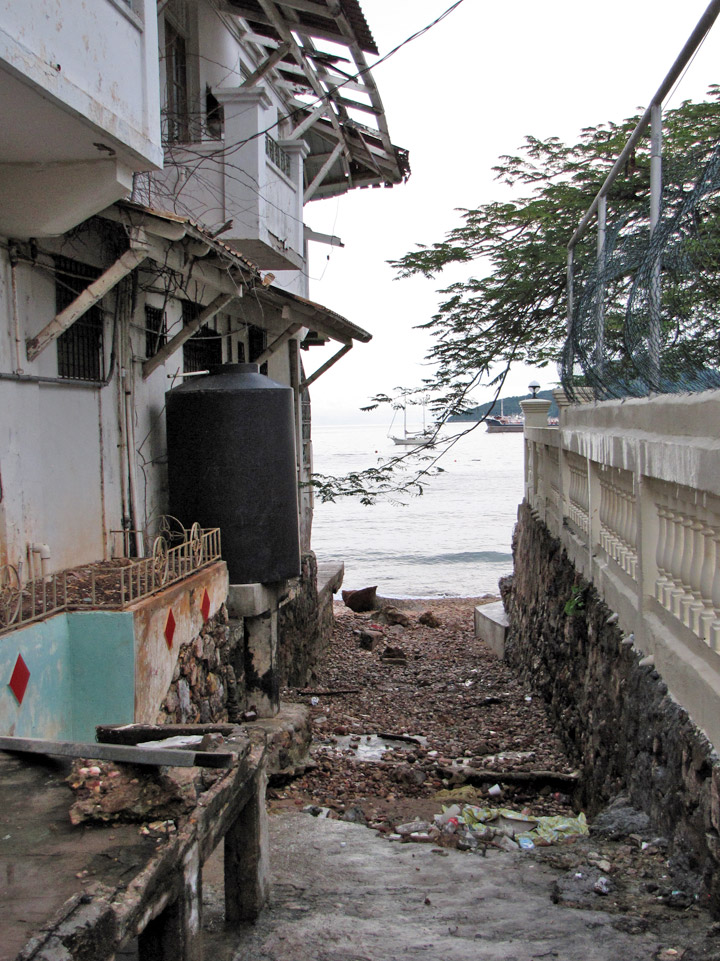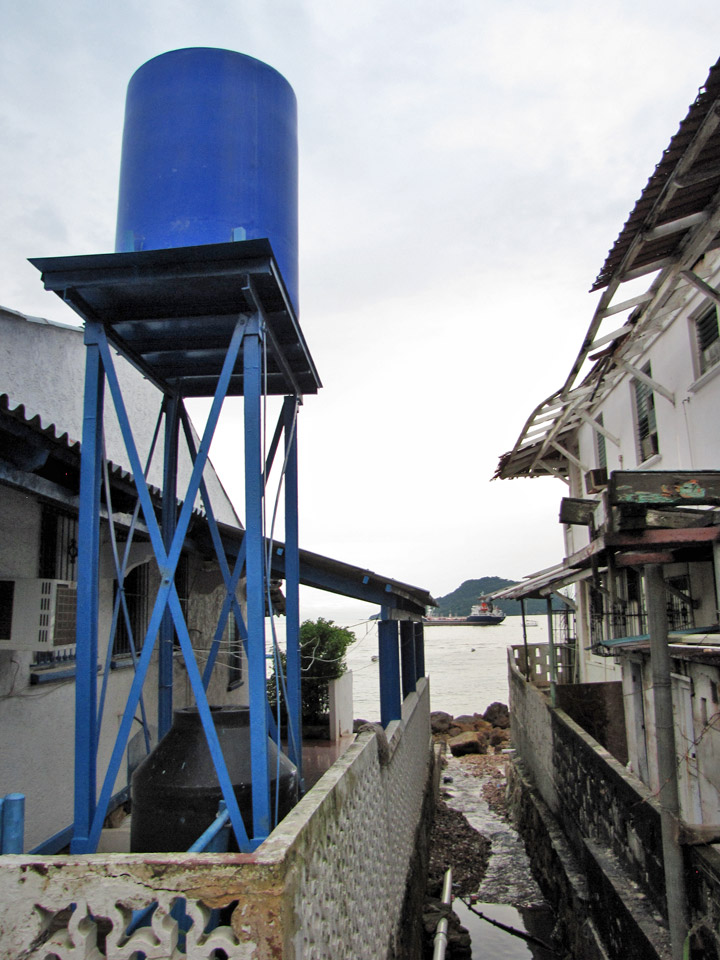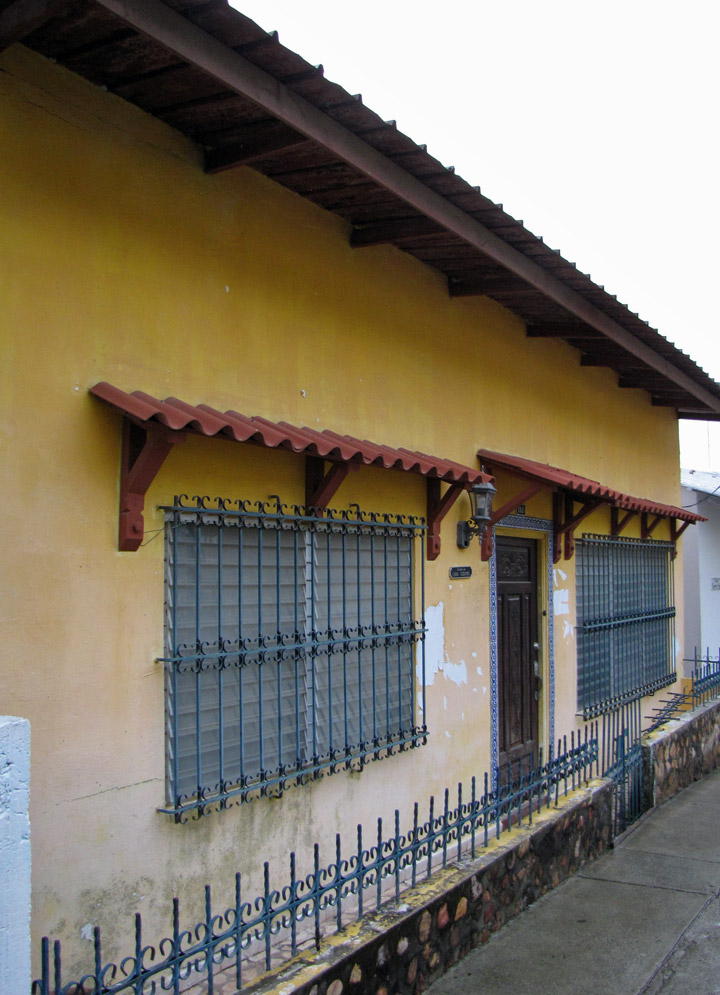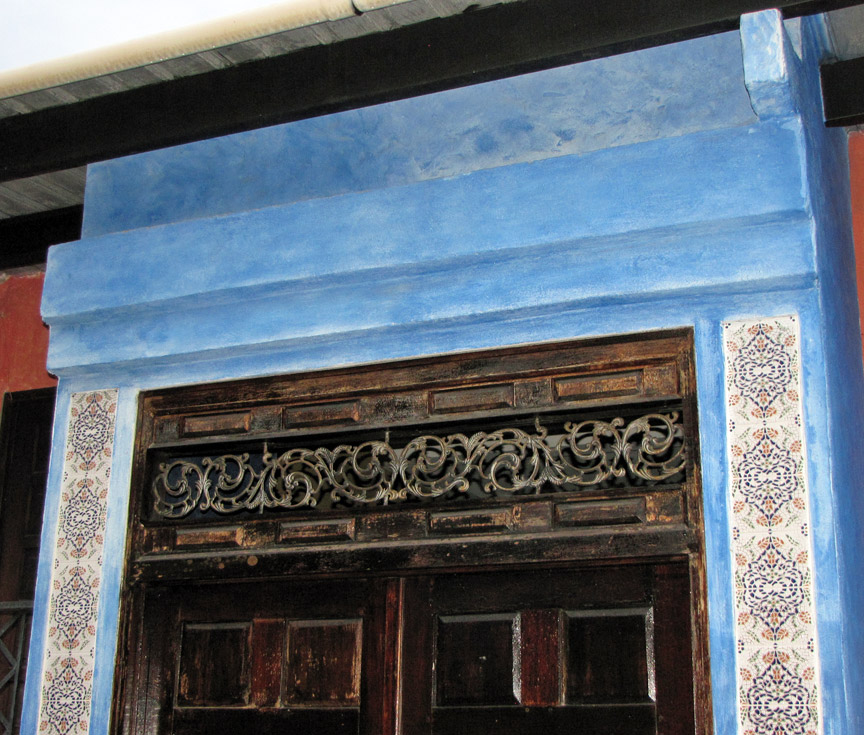

Taboga Island
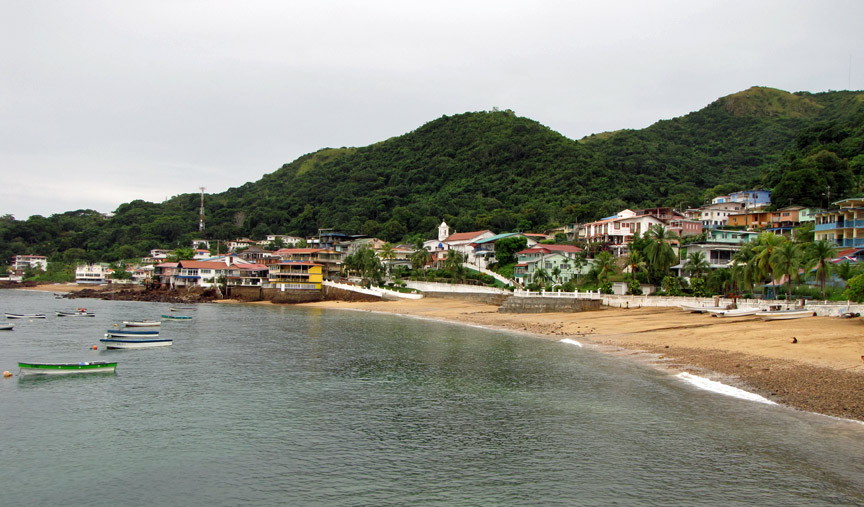
Taboga Island
Taboga Island, Panama, (Spanish: Isla Taboga), also known as the "Island of Flowers," is a volcanic island in the Gulf of Panama. It is a tourist destination, about 20 kilometers from Panama City, and is about 4 km long. It is the site of Iglesia San Pedro, claimed to be the second oldest church in the hemisphere. The island is famous for its beautiful beaches, crystal clear waters, soft sands and a wildlife refuge. At low tide, the northern end of the island is joined by a sand bar to the small island of El Morro, and the southeastern end is 270 meters from Isla Urava. The island has a tropical rain forest climate (Af), with average daytime temperatures of 83°F.
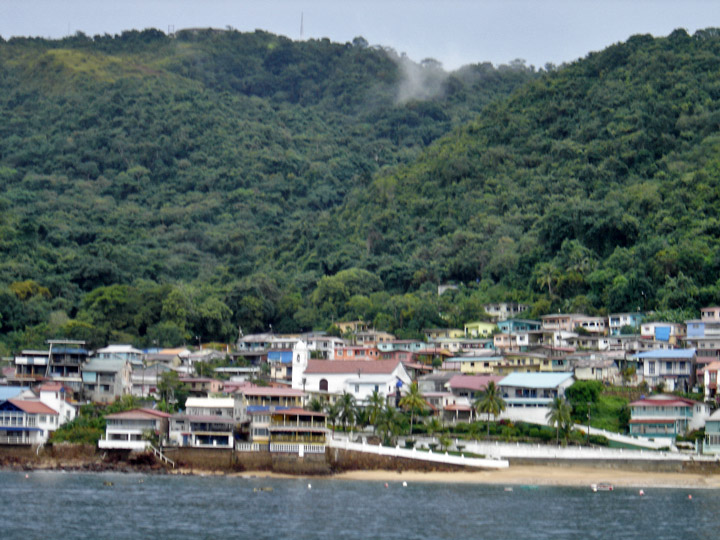
The island was discovered by Europeans in 1515 and was originally named Isla San
Pedro by the Spanish explorer, Vasco Núñez de Balboa. Its current name derives
from an Indian word, aboga ("many fish"). The island's first settlers were
Indian slaves from Venezuela and Nicaragua. The small town of Taboga was founded
in 1524 by Padre Hernando de Luque, dean of the Panama cathedral. Rose of Lima
(1586-1617), the first Catholic saint of the Americas, may have been born on the
island. French painter Paul Gauguin visited the island in 1887. In 1998, a hoard
was found on the island, containing more than 1000 silver coins dating to the
1600s, possibly treasure buried by one of the pirates who frequented the area at
that time.
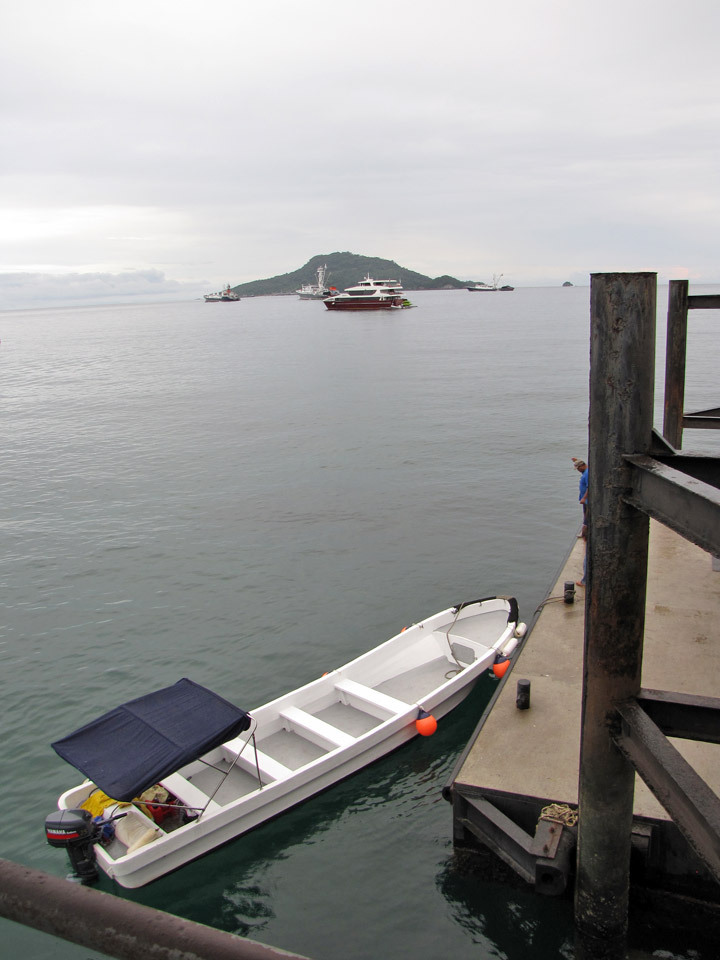
visitors arrive by boat
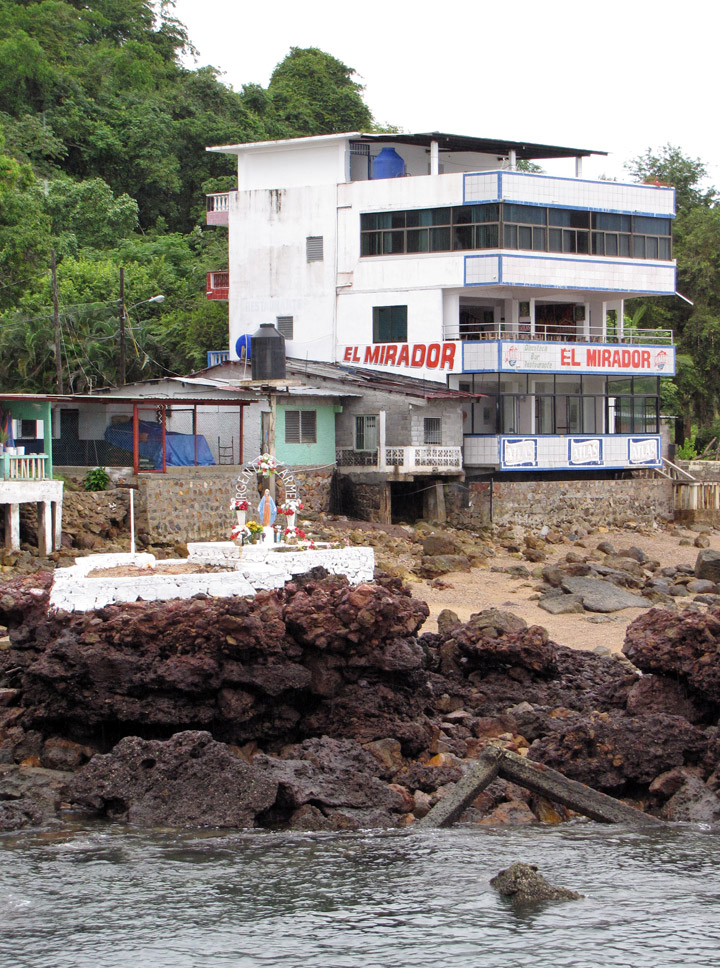
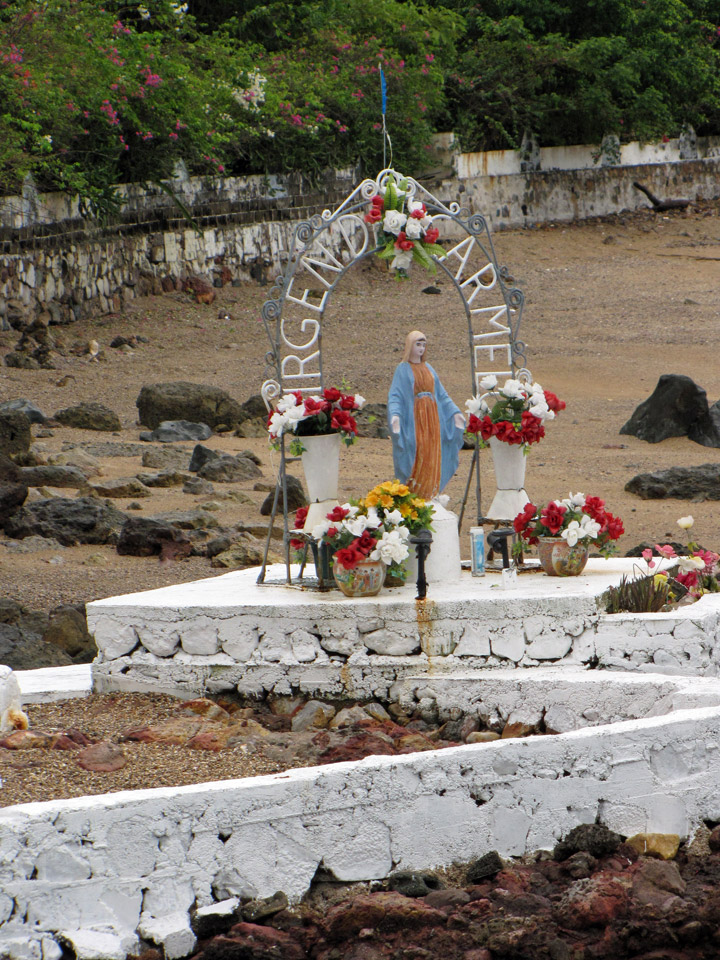
patron saint

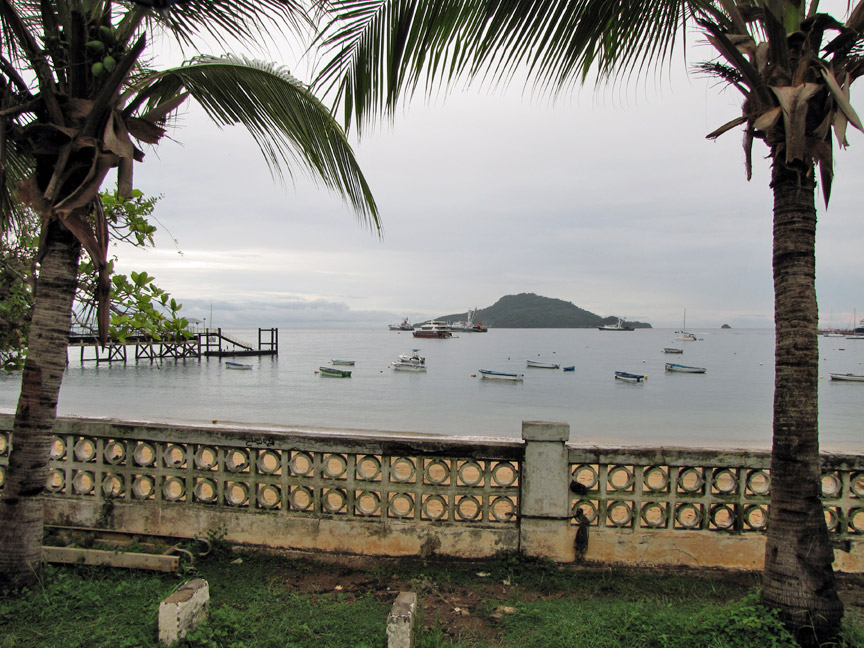
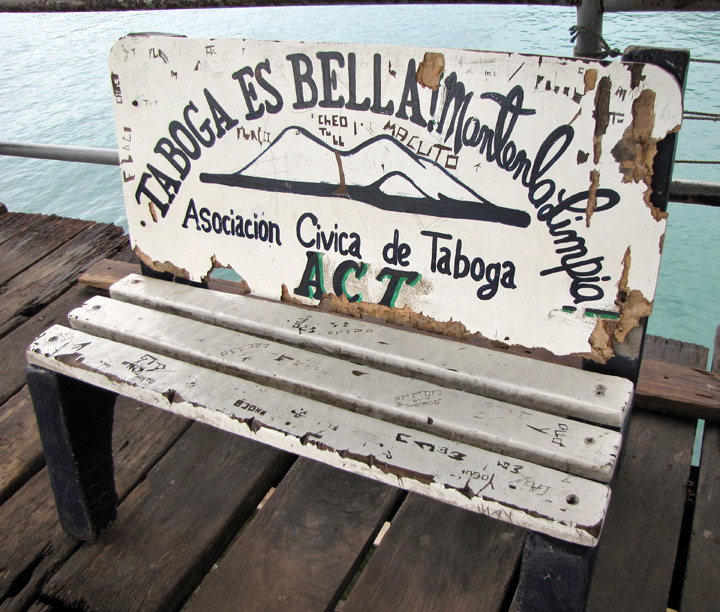



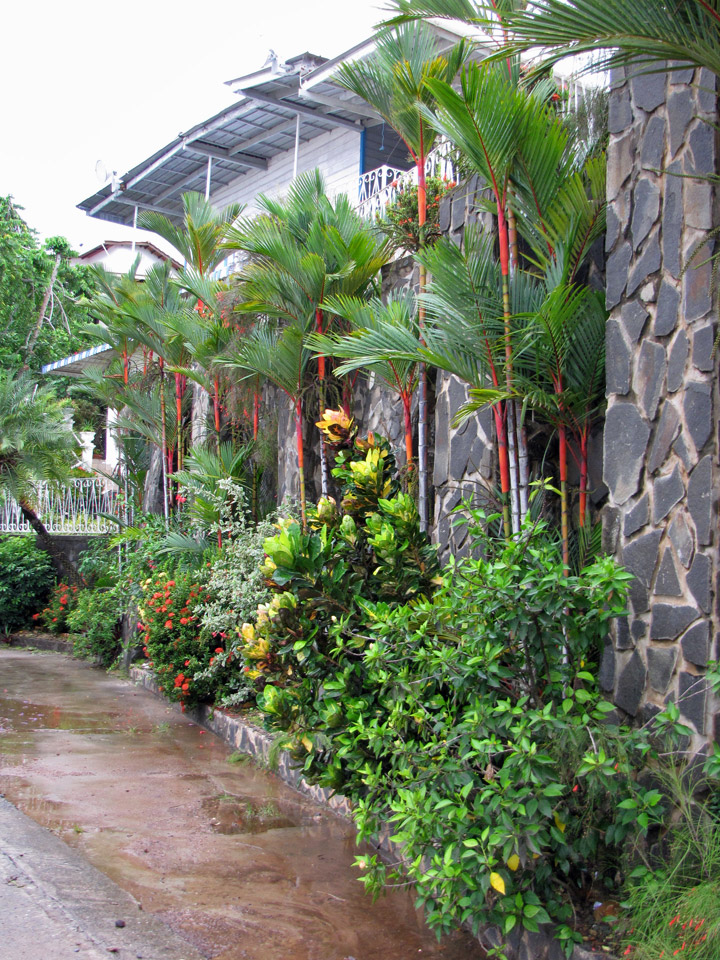
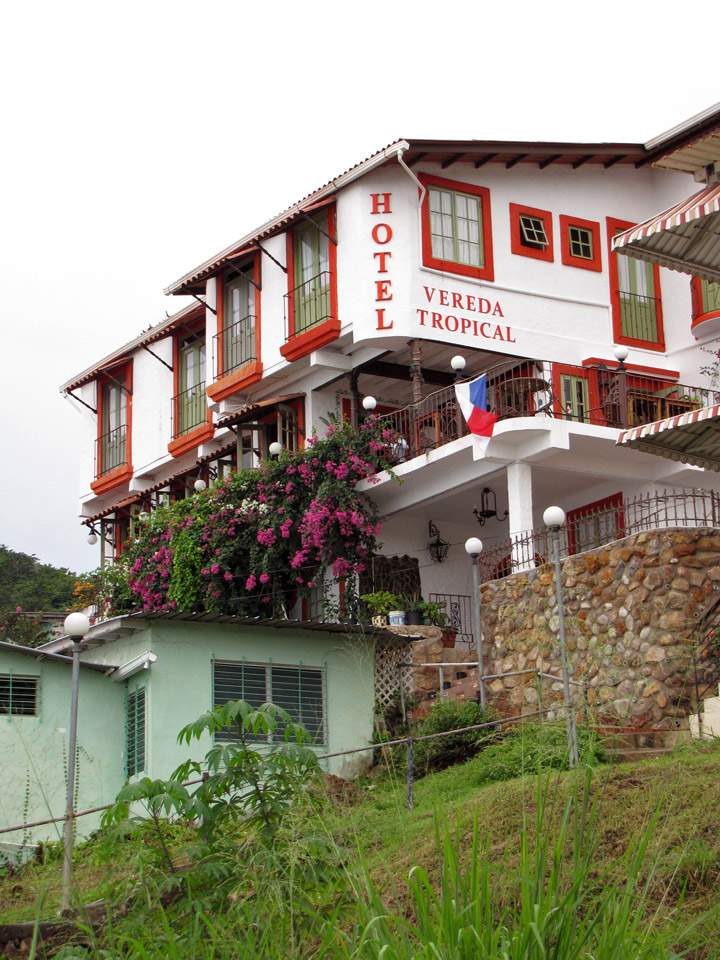
hotel
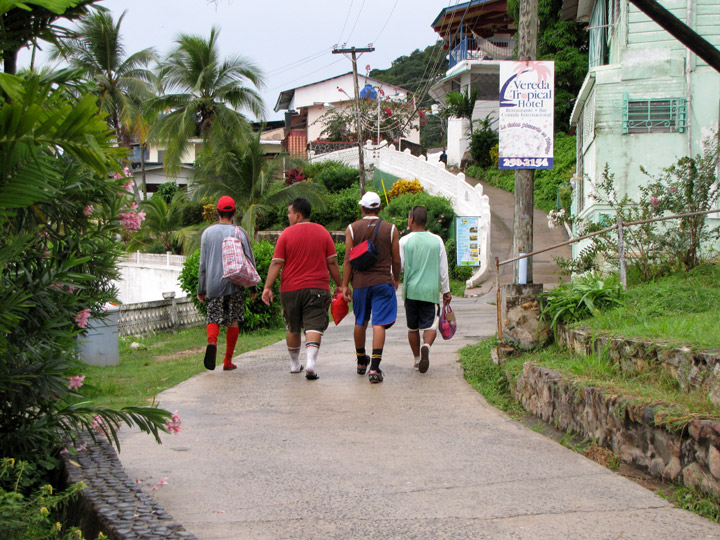
walking toward the town center
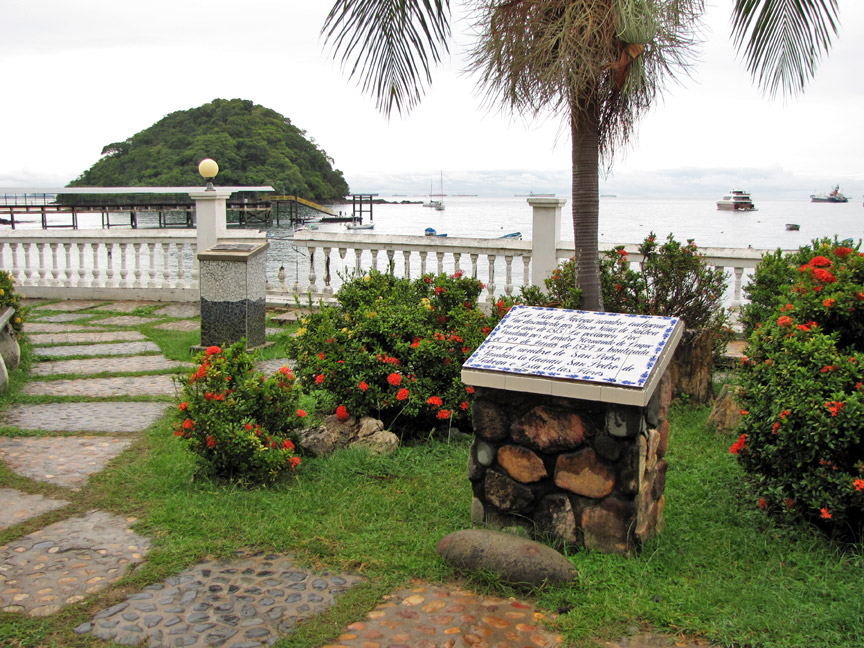
history garden
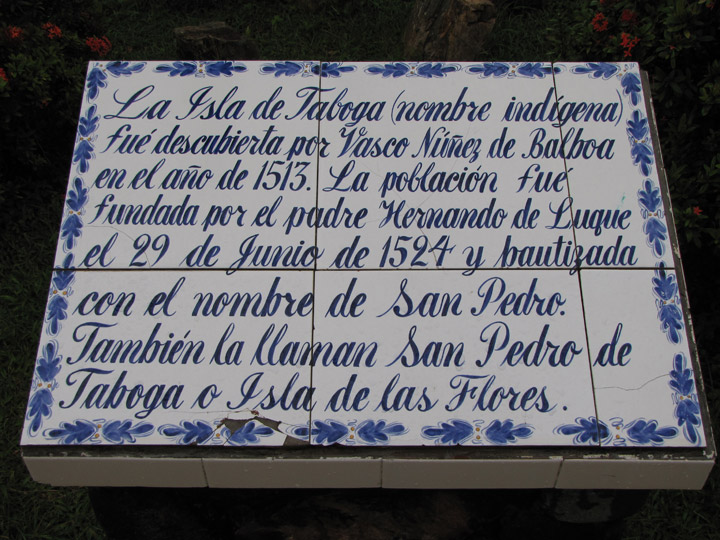

Anita McAndrews

Andrea Salinas
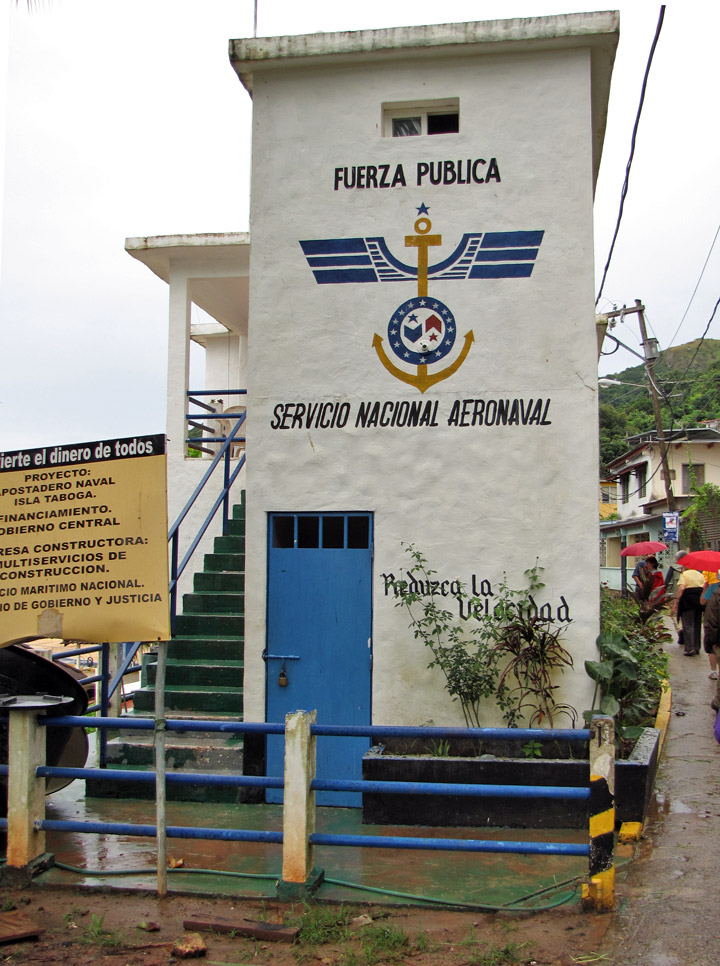

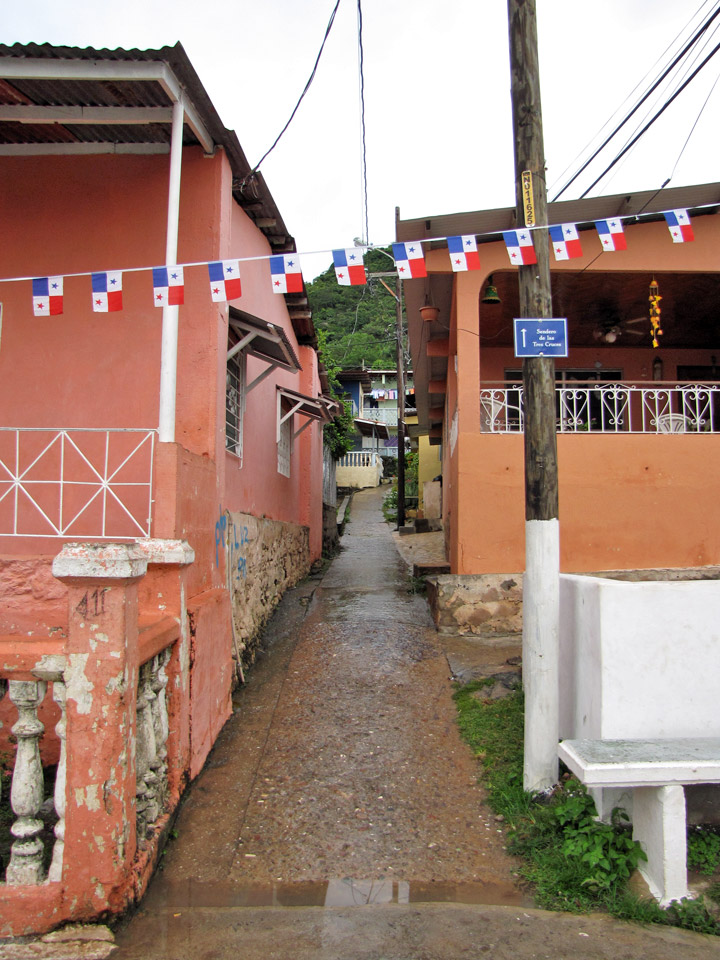
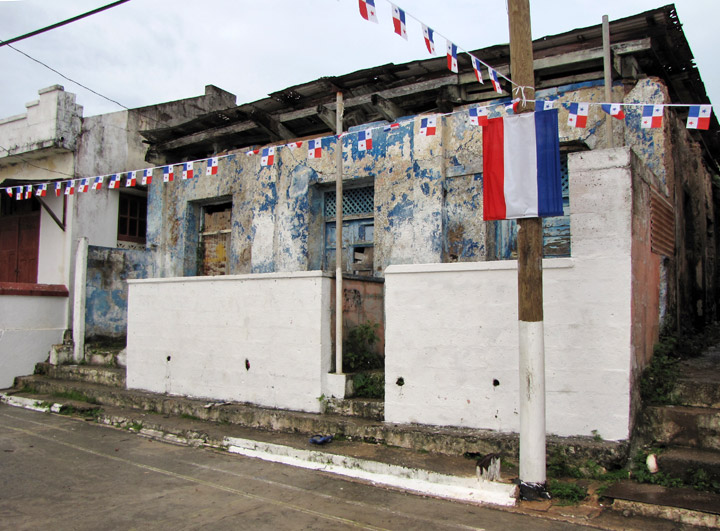
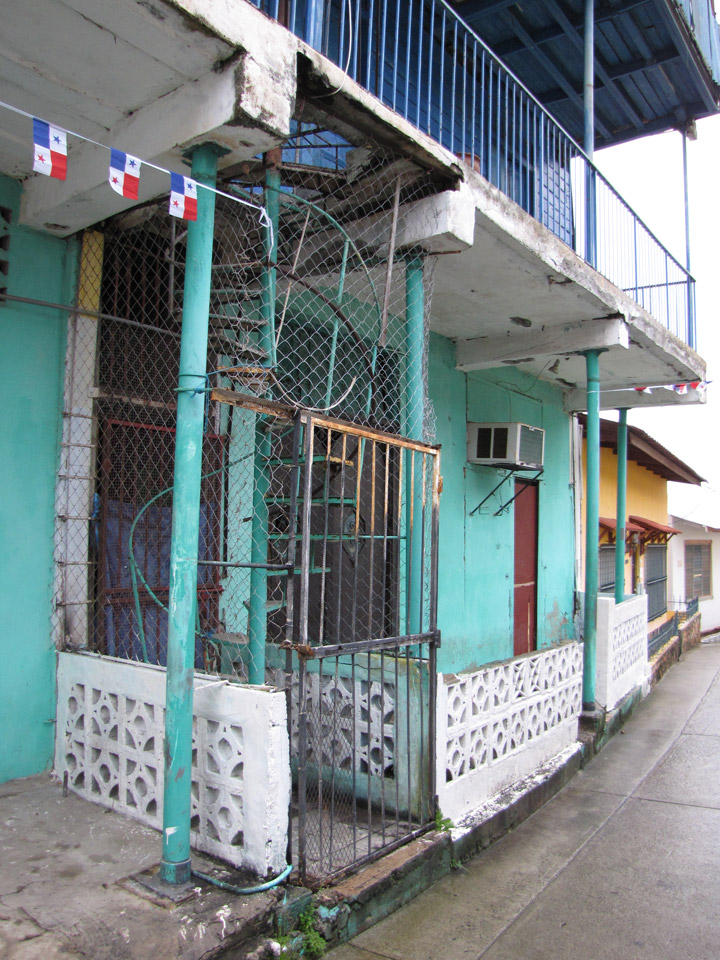
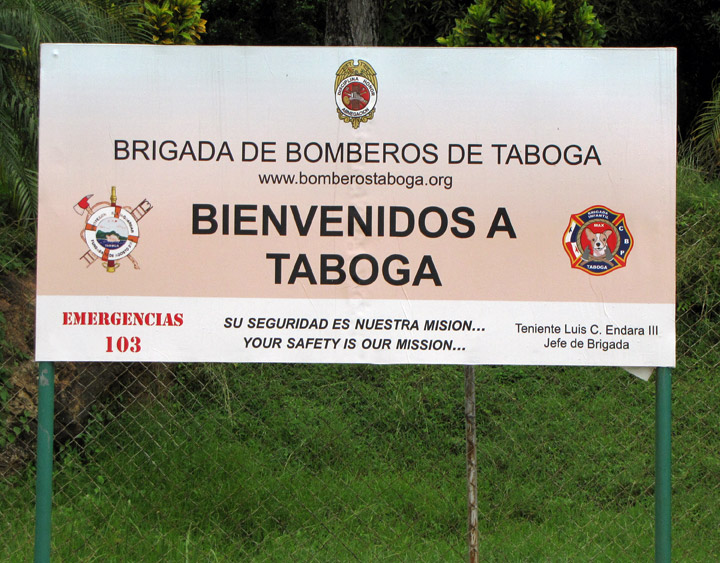
reminder from the firefighters
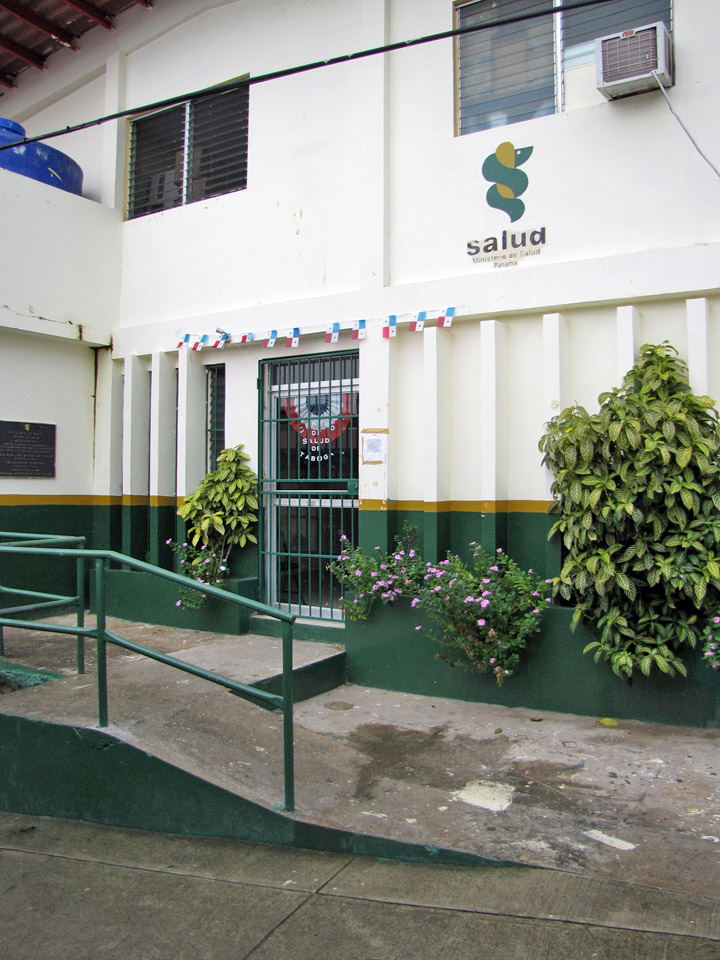
Health Department
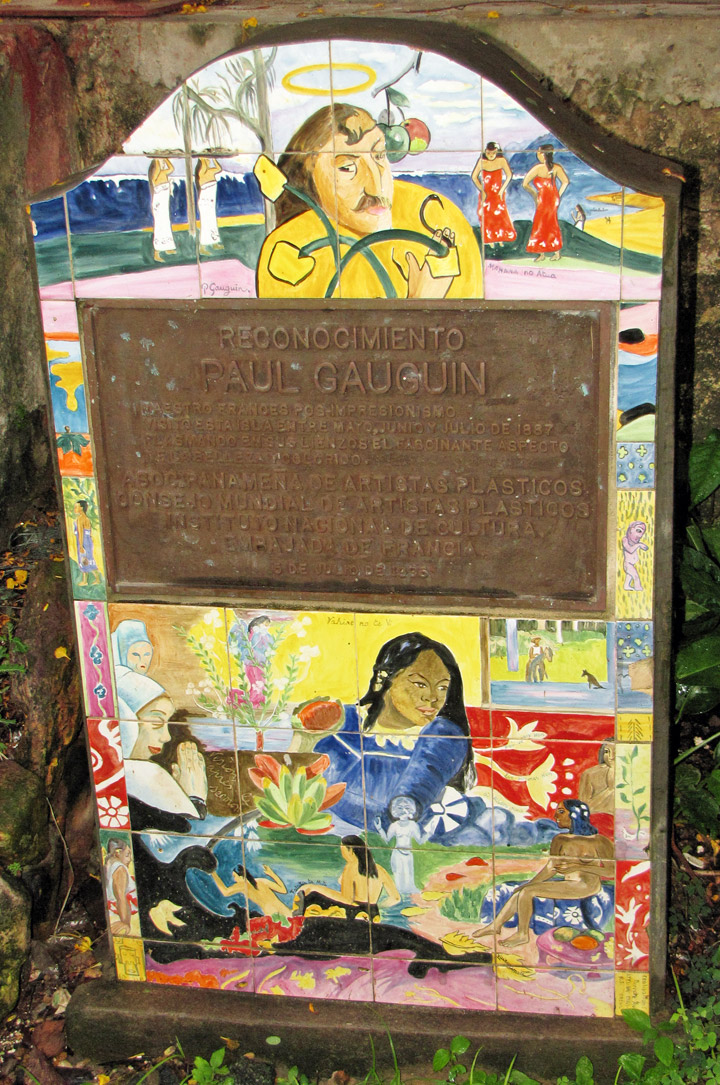
in memory of Paul Gauguin's stay on the island
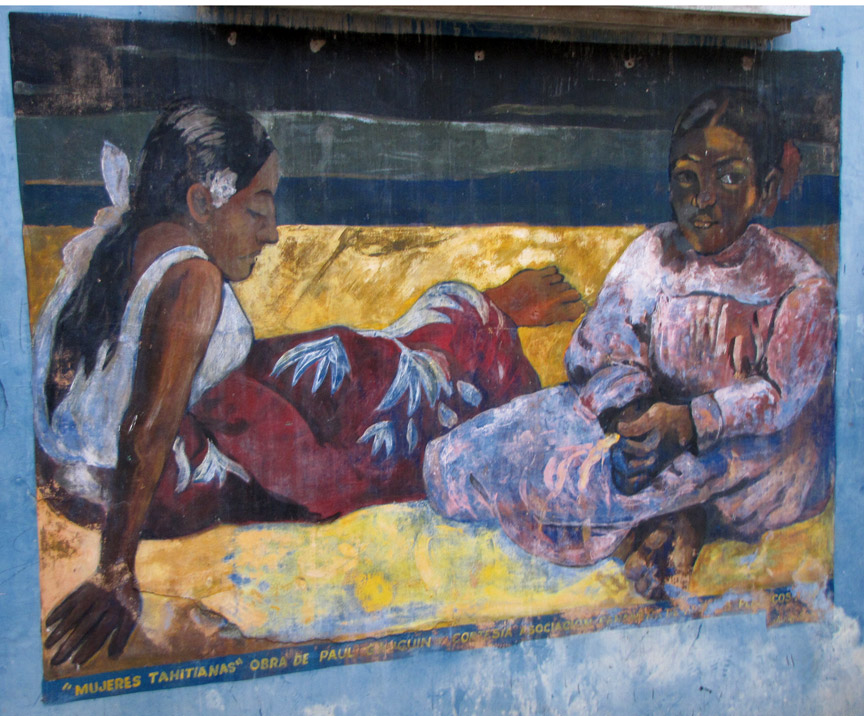
A Gauguin painting
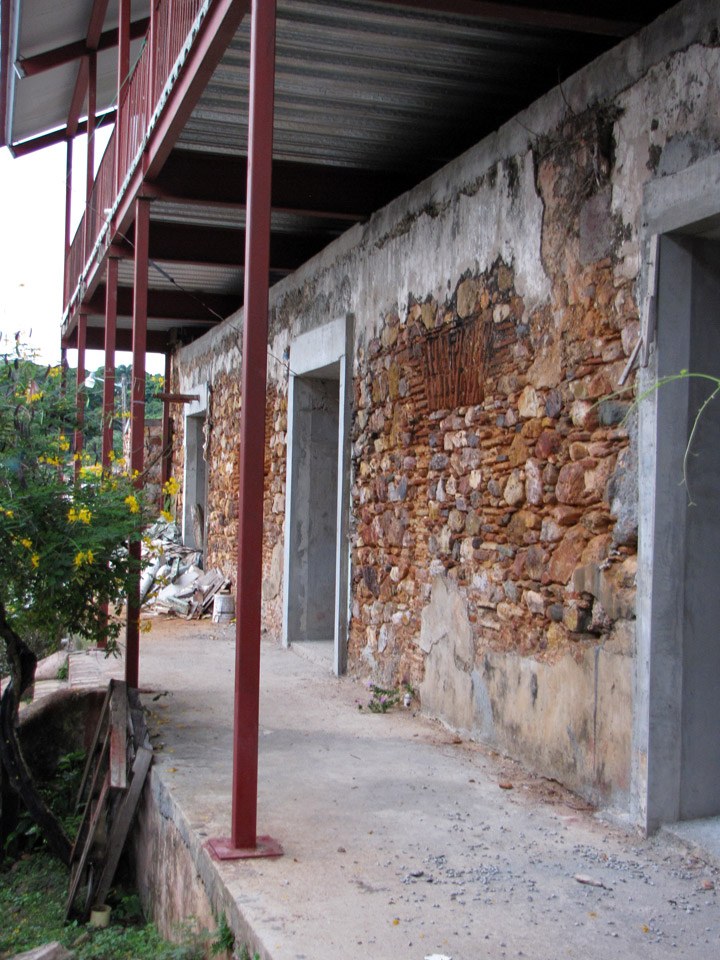
location of Gauguin visit
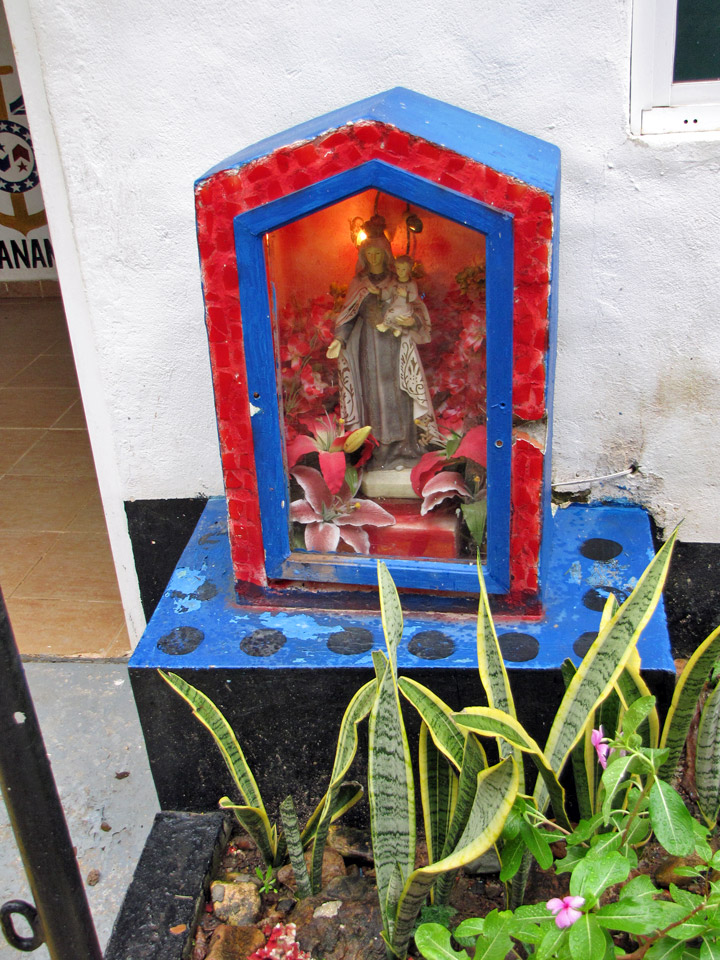
street shrine
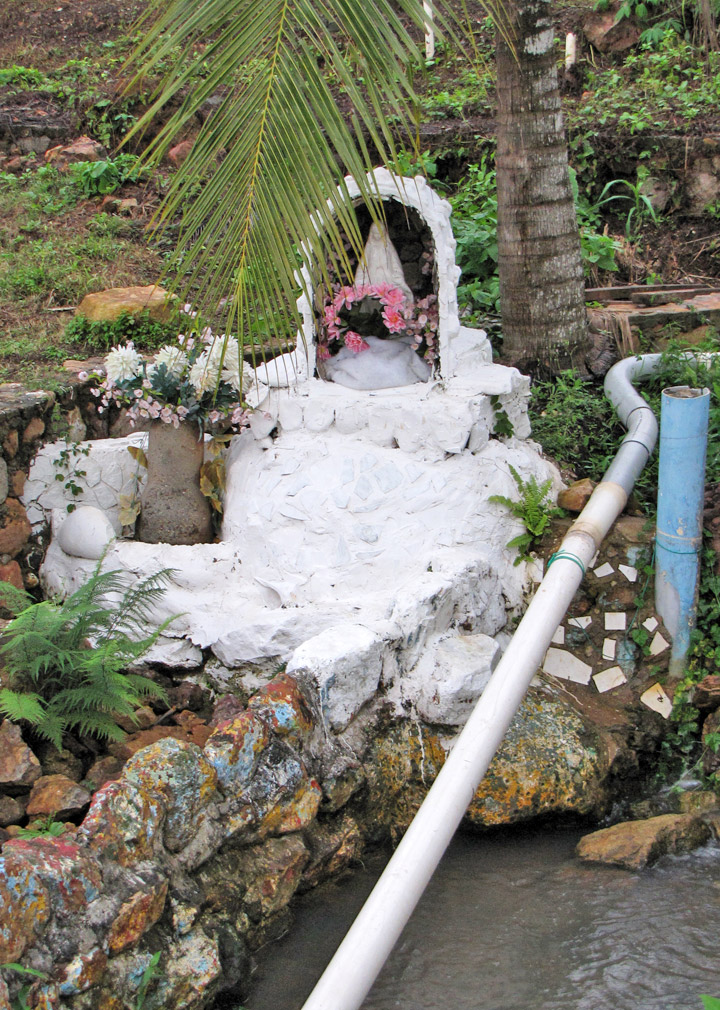
shrine by a stream
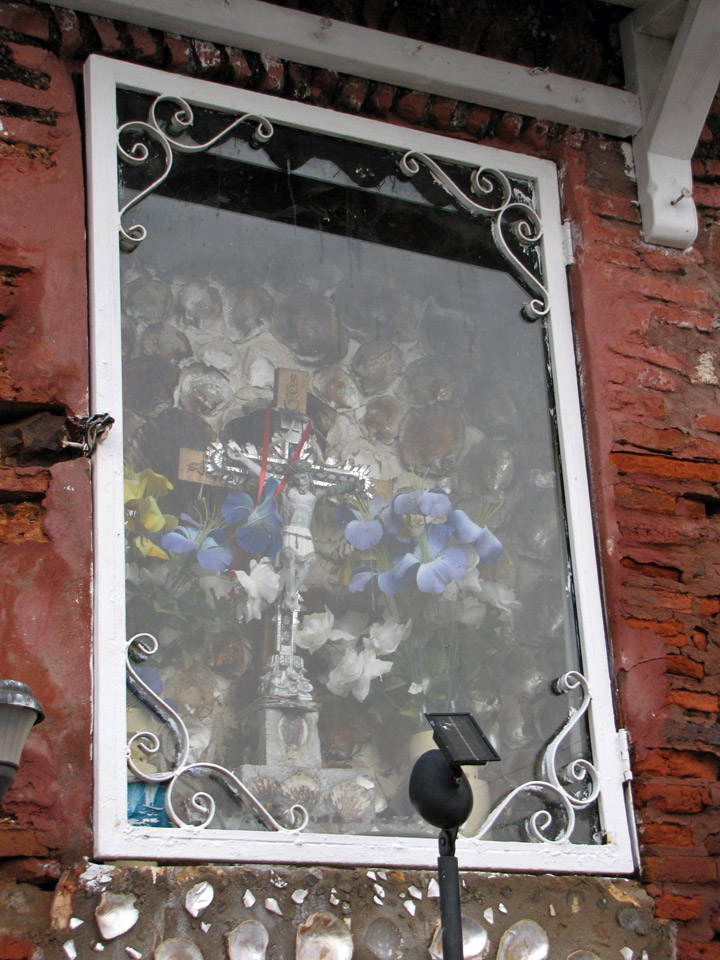
under glass on the main street
Photos of the Iglesia San Pedro


